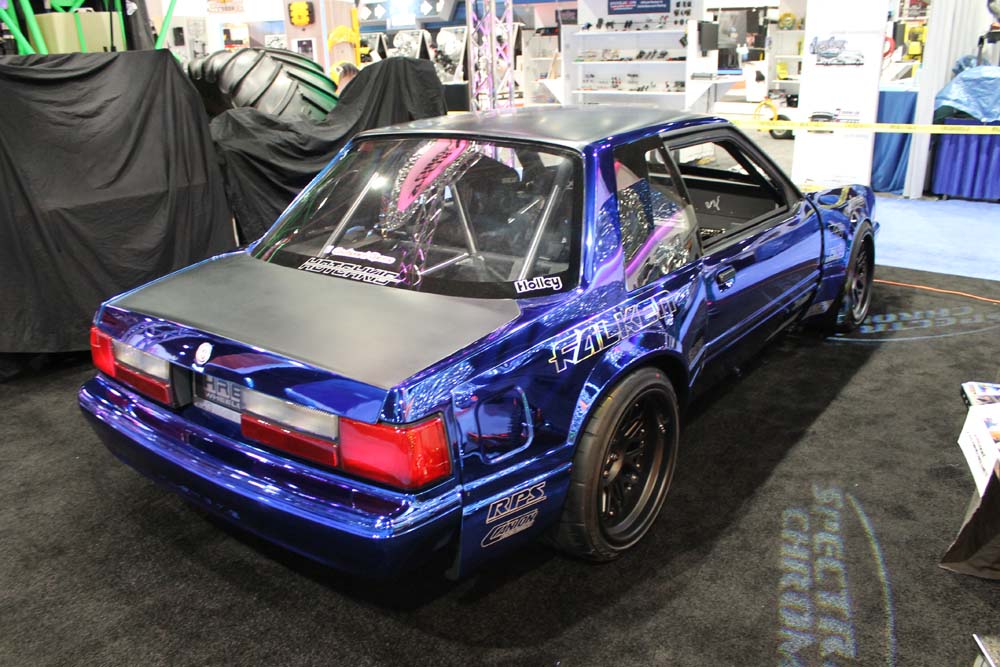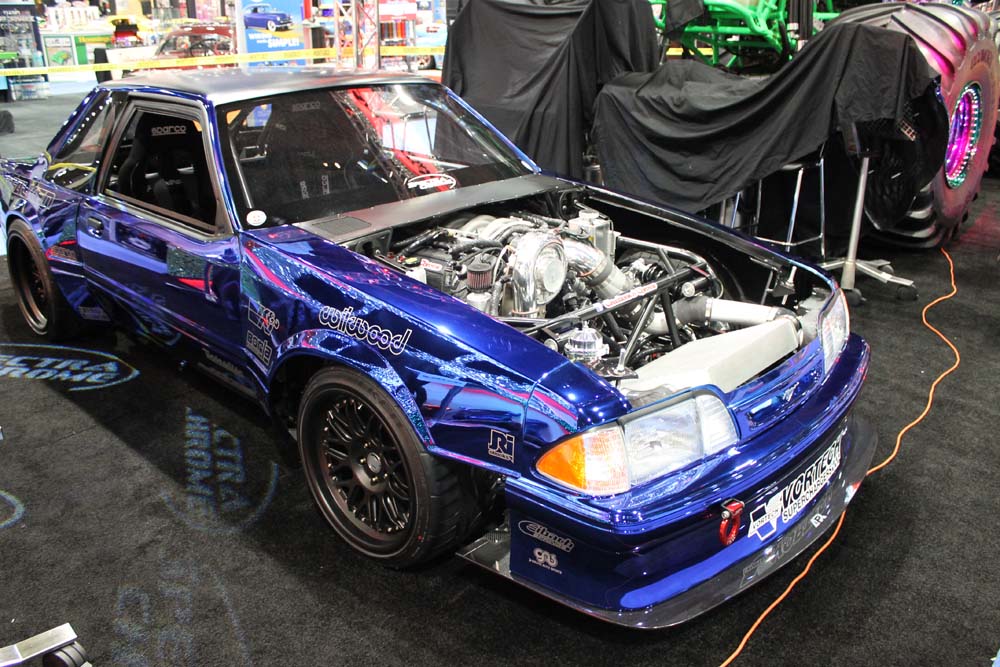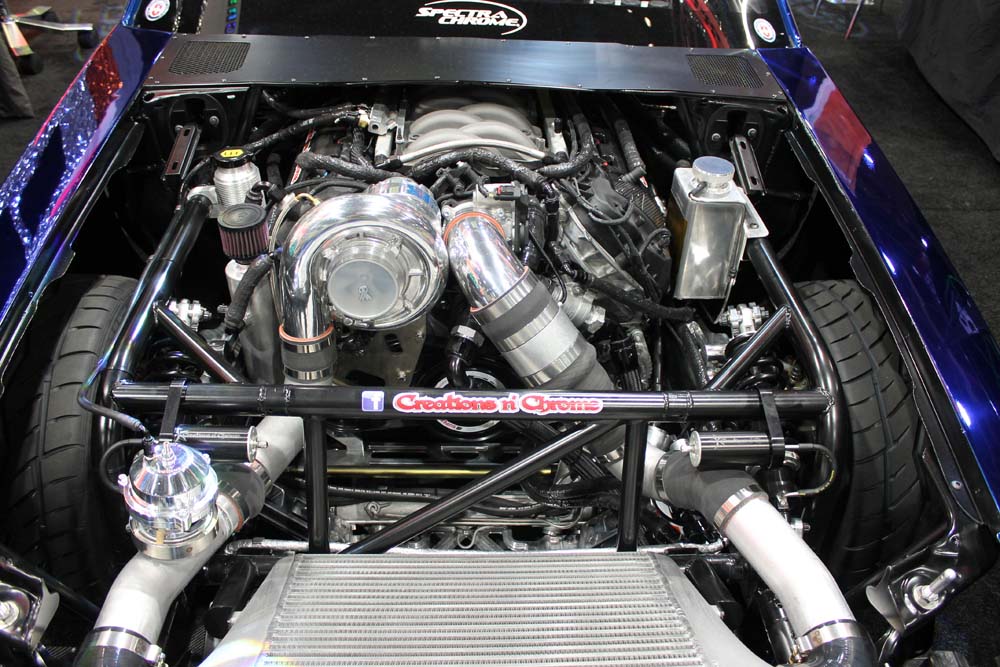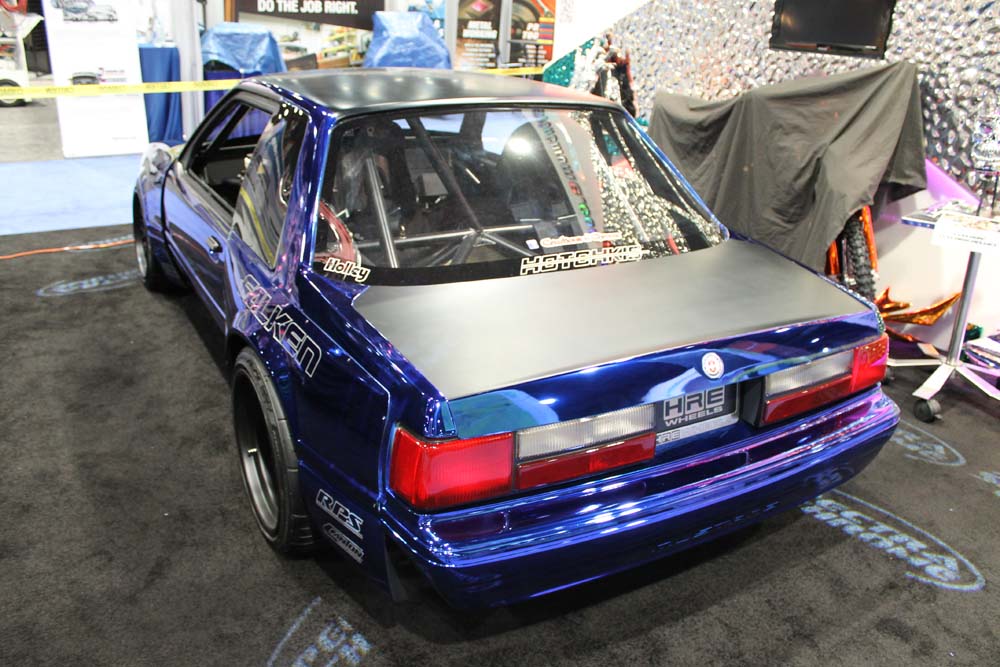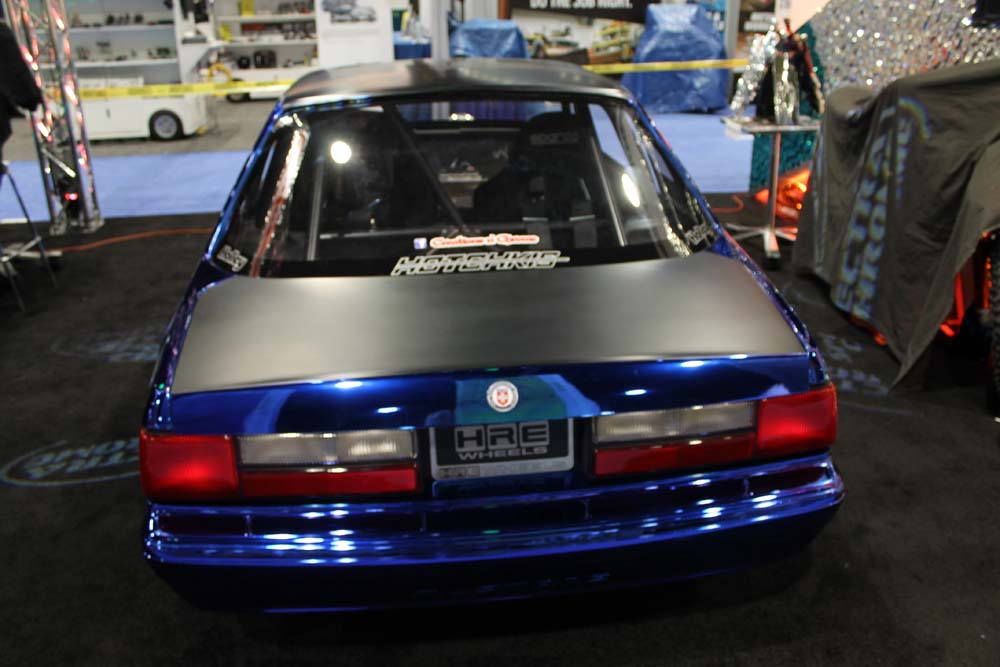Call me crazy, but I love these cars. I have only seen one in running condition and it was well restored. I’d love to own one.
The Jensen Interceptor debuted in 1966, but not originally – that was back in 1950 (I’ll cover those in a separate post.). These hand-built in Kelvin Way Factory, West Bromwich in the England from 1966 – 1976. The body style designed by Carrozzeria Touring of Italy and changed from fiber glass bodies to steel.

1966 Jensen Interceptor

1967 Interceptor
So what was this car made of? Let’s take a look.
Engines:
These cars were by….wait for it…………………..Mother MOPAR!!!
Yup these cars sported a Chrysler V8. The Mks I – III used either the 6.3 or 7.2 liter engines.
The 1966 started with the 383 CID which continued through 1970 knocked out 335 hp. The 383 was nurtured in 1971 dropping down to 250 hp. So Jensen decided to use the 440. They offered to versions, one had a 4bbl Carter carb making about 305 hp. The second was topped with three 2 barrel Carters and pushed 330 hps out of the block – we know this engine as the 440 Six Pack – only 232 of these were produced.!!!
In 1972 the 440 suffered the same fate as the 383 – the Six Pack was no longer available and the 4 barrel was de-tuned to 280 hp and again in 1976 dropped to 255. Jensen continued to use the engines.
Transmission:
The Jensen team selected the Chrysler’s TorqueFlite 727 automatic (3 speed) and 4 speed manual.
The curb weight was between 3500 – 3600 hundred pounds (about the same as a 1969 Cuda).
Other features:
Electric windows
Reclining front seats
Wood rimmed steering wheel
Radio with twin speakers
Reversing lights
Electric clock
Power steering (after Sept ’68)
Jensen produced the Mk I, MK II and MK III from 1966-1974. They came in 2 door convertible, hatch back and coupe.

Jensen Interceptor ‘Vert
Power specs: 0-60 in 6.4 seconds and top speed 137 mph (oh…I’m betting it would do better than that).
From Wikipedia:
Variants
A convertible with powered soft top was introduced in 1974 mainly intended for the American market but also sold in Europe. 267 convertibles were made.[3]
Rarer still is the Coupé version with just 60 made,[3] derived from the convertible and therefore without the distinctive rear window of the regular car that was introduced in 1975, a year before the company’s demise.
Jensen FF
Jensen were one of the first manufacturers to equip a production car with four-wheel drive, in the 1967 Jensen FF (Ferguson Formula). At the time it was hailed as a remarkable development, coming also with Dunlop Maxarat mechanical anti-lock brakes and traction control. The car is five inches (127 mm) longer than the Interceptor, and although looking virtually the same the extra length is identified by an additional side vent ahead of the doors on the front flanks, an extension to and additional swage line in the leading edge of the front wing (fender). Press articles from the time quote “drag-strip” performance when describing the car. In total 320 FFs were produced; 195 Mark I, 110 Mark II and 15 Mark III. [4]
The Jensen Interceptor R
A Jensen specialist based at Cropredy Bridge rebuilds original Interceptors using modern components.
In May 2010, Jensen International Automotive was set up, with the financial backing and know-how of Carphone Warehouse founder and chairman Charles Dunstone who joined its board of directors. A small number of Jensen Interceptor Ss, which had started production under a previous company, are being completed by Jensen International Automotive (JIA), in parallel with JIA’s own production of the new Jensen Interceptor R; deliveries of the latter have started (beginning of 2011) at the Oxfordshire-based manufacturer and restorer. Tony Banham is JIA’s Managing Director.

The New Interceptor? Jensen Interceptor XL concept!!
Thanks for reading.
Tim.





